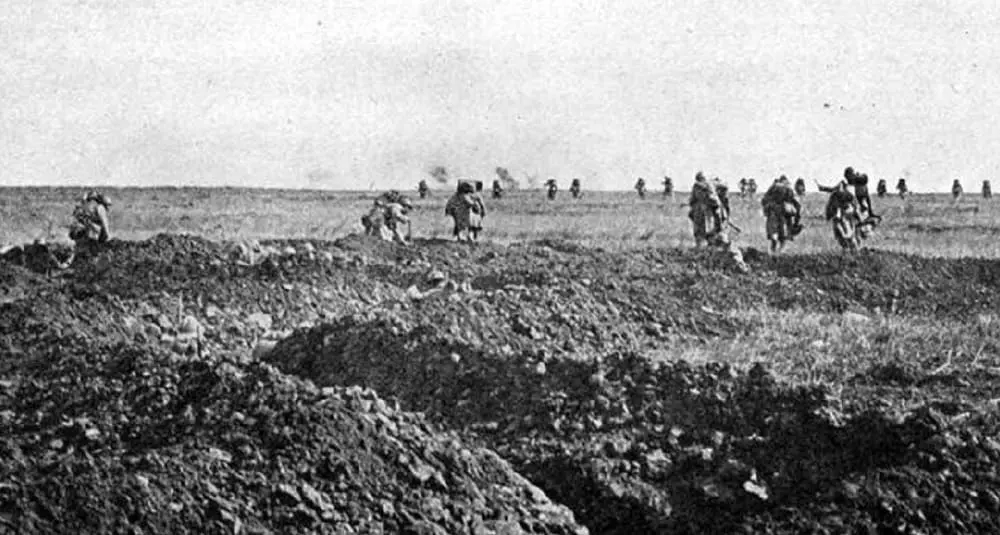Where is the Chemin des Dames?
Last Updated:
The Chemin des Dames is a ridge in the Aisne department, in the Hauts-de-France region of northeastern France. This historic road stretches for some 30 kilometers between Laon and Soissons, passing through villages such as Craonne, Cerny-en-Laonnois and Berry-au-Bac. Although it may seem insignificant today, this road has become one of the most symbolic sites of the World War I, not least because of the terrible fighting that took place there in 1917.
The road’s poetic name dates back to the 18th century. It refers to the daughters of Louis XV, Mesdames Adélaïde and Victoire, who regularly took this road to visit the Château de la Bove, owned by a relative. To facilitate their carriage rides, the road was widened and improved, earning it the nickname Chemin des Dames.
But it was during the World War I, and more specifically during the offensive of April 16, 1917, that the Chemin des Dames tragically entered the history books. Led by General Nivelle, the aim of this offensive was to break through the German lines on this narrow, heavily guarded front. Ill-prepared, ill-informed and launched on difficult terrain, the operation quickly turned into a military disaster.
Despite heavy artillery fire, the German trenches were almost intact, and the French soldiers had to climb steep, open slopes under deadly enemy fire. In the space of a few days, the loss of life was terrible, with over 100,000 French soldiers killed or wounded. This carnage led to a collapse in troop morale, with many units mutinying in the weeks that followed.
Today, the Chemin des Dames is a place of remembrance, visited every year by visitors, soldiers’ families, historians and schoolchildren. Numerous memorial sites line the route:
- The Cerny-en-Laonnois Memorial, dedicated to fallen soldiers of all nationalities;
- La caverne du Dragon, an ancient troglodytic shelter dug into the chalk, used in turn by the French and German armies. Now a museum, the site tells the story of soldiers’ daily lives in these underground galleries;
- National necropolises and military cemeteries, where thousands of soldiers are laid to rest.
The landscape itself bears the scars of war, with forests, fields and hills still marked by shell craters and ancient trenches, silent witnesses to a brutal, never-ending war.
The Chemin des Dames is not just a battlefield, it has become a national symbol of the sacrifice, strategic error and suffering of the soldiers of the Great War. The failure of the 1917 offensive had serious consequences for the conduct of the war, and led to the replacement of General Nivelle by Pétain, who adopted a more defensive and humane strategy towards the troops.
The Chemin des Dames is located in the Aisne department of the Hauts-de-France region, between the towns of Laon and Soissons. Behind this elegant name lies one of the places most marked by the World War I. Today, it is an essential place of remembrance, bearing witness to the suffering of the past and a place of remembrance for future generations.
history

Where is the Chemin des Dames?
Answer
The Chemin des Dames is located in the Aisne department of the Hauts-de-France region, between Laon, Soissons and Reims, in northeastern France.